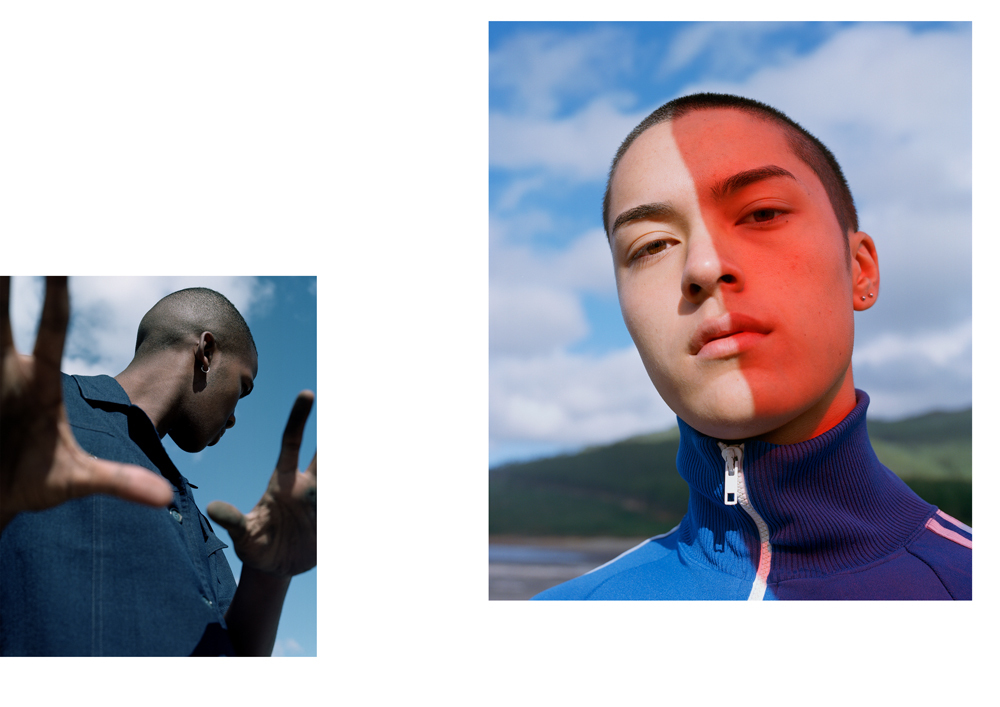Historically, modeling agencies have pushed their talent into the following categories: men and women. Most also have a board titled something like classic, for beautiful people over the age of forty-or-so, and development, for models-in-training. In the 2000s, agencies began to add another board, which they called plus, curve, or some other snappy, single-syllable word that meant “bigger than a size eight.” For a long time — about ten years — that was it.
Then came the influencers, turning the industry — and by extension, the agencies — upside down. They began to list the social followings of their models next to statistics like eye color or height; which, to some clients, quickly became less relevant than the size of their fanbases. Some agencies created new divisions to exclusively represent bloggers and other micro-celebrities.
As influencers busily reshaped fashion like angry tectonic plates, there was another cultural shift: the ease and candor with which we now discuss gender, and along with that, the growing visibility of non-binary people inside and outside of the fashion industry. But little has been restructured to make space for models that don’t belong on either the “men’s” or “women’s” board.
Enter My Friend Ned, a South African agency that created a non-binary board, a crucial space for the talent they represent. In the service of models’ autonomy, they don’t take models’ measurements, or ask to approve new tattoos and hairstyle changes. Here, we speak with the Creative Director of My Friend Ned, Fani Segerman, about South Africa’s creative climate and the ethos of the agency. While Kent Andreasen shoots Brandon and Mziyanda, two of the agency’s beautiful faces in Cape Town.
Hi Fani. To start, can you paint a picture of the fashion scene in Cape Town right now?
The Cape Town fashion scene is now getting the attention that is long overdue. As a diverse country incorporating many different cultures, designers are more and more starting to draw inspiration from within. Our fashion industry is being inspired by itself, if that makes sense? Looking inwardly instead of outwardly. We have also become more localized than westernized. What’s happening now, which is really special, is that international fashion houses — such as Prada, Balenciaga, and Louis Vuitton are being drawn to South Africa and have started to bring their campaigns here.
And with the agency, what draws you to a face?
We do a lot of our scouting on Instagram. We like the younger kids because they’re more honest. We also love people who don’t even know that they have the potential to be a model, as they feel too “out of the box.” For example, there’s this young girl with the frizziest hair and braces in high school that I found online. I told her, “Just come to one casting, trust me.” And off of that, she booked the Adidas Originals campaign and then a Louis Vuitton campaign.
When did the agency create the non-binary division?
One day, one of our models was at a casting and when they had to fill out a form indicating “Male” or “Female,” they said to me, “Fani, I can’t check either box. I don’t identify as either.” It was a lightbulb moment for me, like, “We need to change this. Of course we should be doing this.” I floated the idea of starting this division past My Friend Ned and they immediately saw the potential. It felt obvious to us. And now that we have this board, there’s people coming forward saying that they never thought that there would be a space for them within this industry.
Seeing a space for yourself, in any industry, is important.
Definitely. And our non-binary models aren’t just skinny, androgynous people who can “pass” a certain way. Not at all. You know, there’s nothing groundbreaking about a campaign starring a female model who’s a little androgynous, or an editorial with a straight guy wearing a skirt. Book a real genderqueer person. Use what’s real.

I’m interested to hear, from your perspective in South Africa, the sorts of beauty ideals you’ve seen shifting over the past five years or so.
We’re a very diverse country, so it’s nice to see a much better representation of models being booked that reflect our real-life demographics. I can see a real shift going on. In South Africa, our clients in advertising play it very safe and tend to stick to the more traditional model. Lately, what we have been seeing within our industry is a more open-minded approach. Clients are becoming braver. People are wanting more to embrace and celebrate differences, which aligns with our agency’s ethos. It’s exciting.
I know you’ve talked about Instagram as a good scouting tool and a positive force in the industry. At the same time, with the rise of the Influencers, it can feel that it’s all a bit much — you can’t book a campaign without one million followers.
Instagram is an incredible tool for scouting and we love it. Of course, advertising will always try to milk as much screen time as possible, which is inescapable. But the approach of only booking models based on their following is so limiting. Some of the most incredible models are very low-key and only have around 200 or so followers.
Absolutely.
I think there are so many standards that need to be reevaluated. Because in reality, they don’t matter. When we book high fashion jobs, designers these days don’t care about height or weight so much — it’s about the look. You know how it is on set: you make the clothes work. You can stuff the shoes, pin the dress, whatever. These barriers and these rules about what makes a model, we can break them down. It’s our responsibility to break down these binaries and create these spaces. It’s the people on the inside of any industry that can effect these changes.
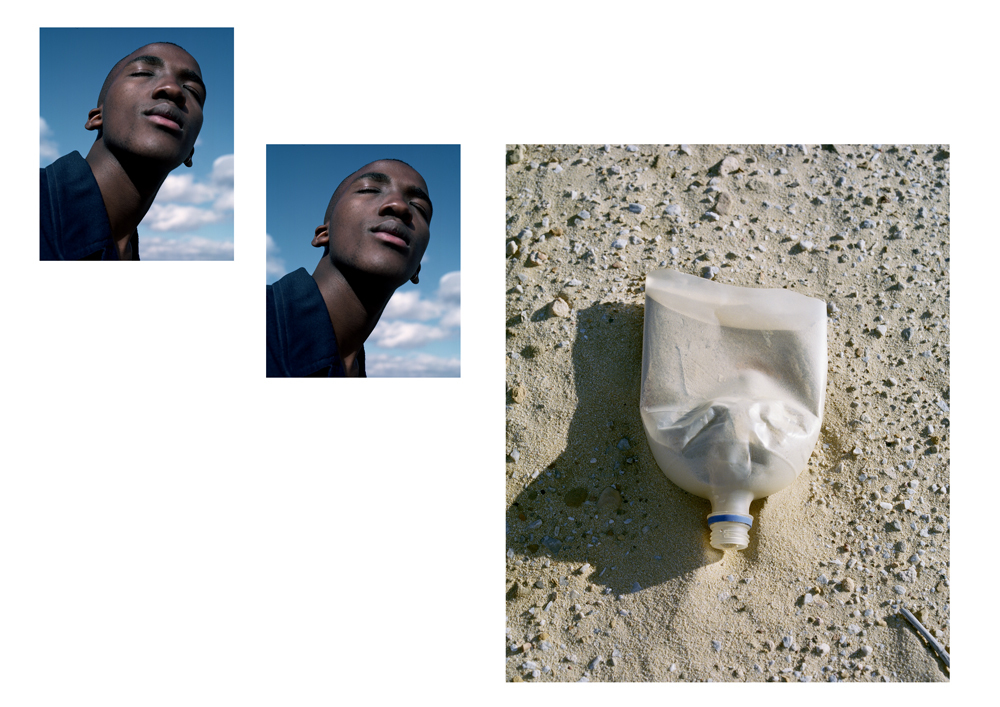
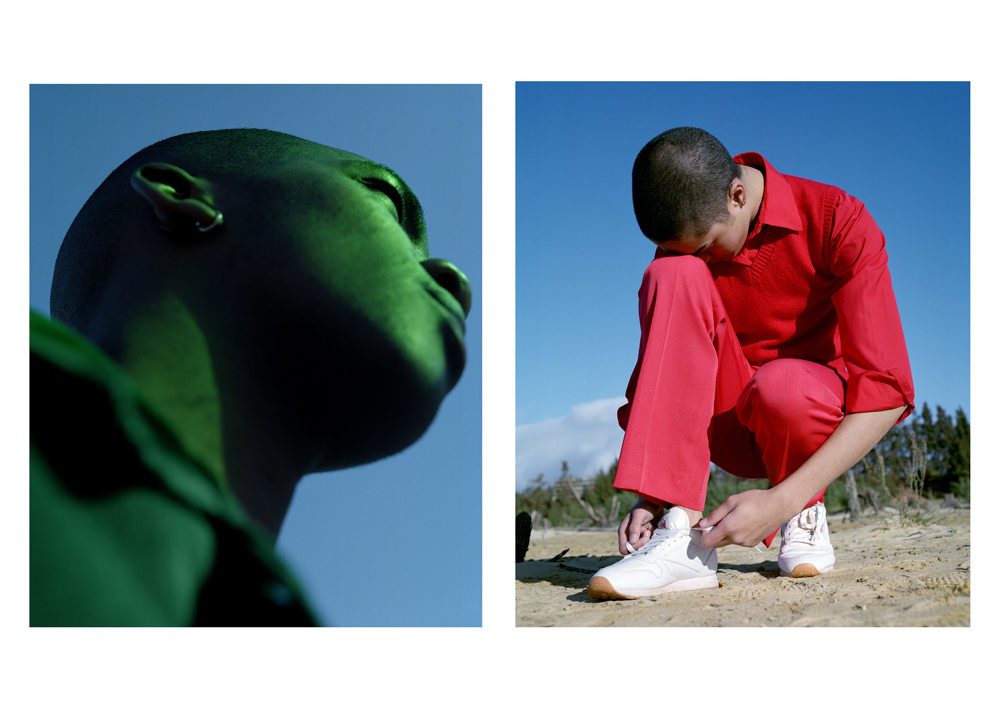
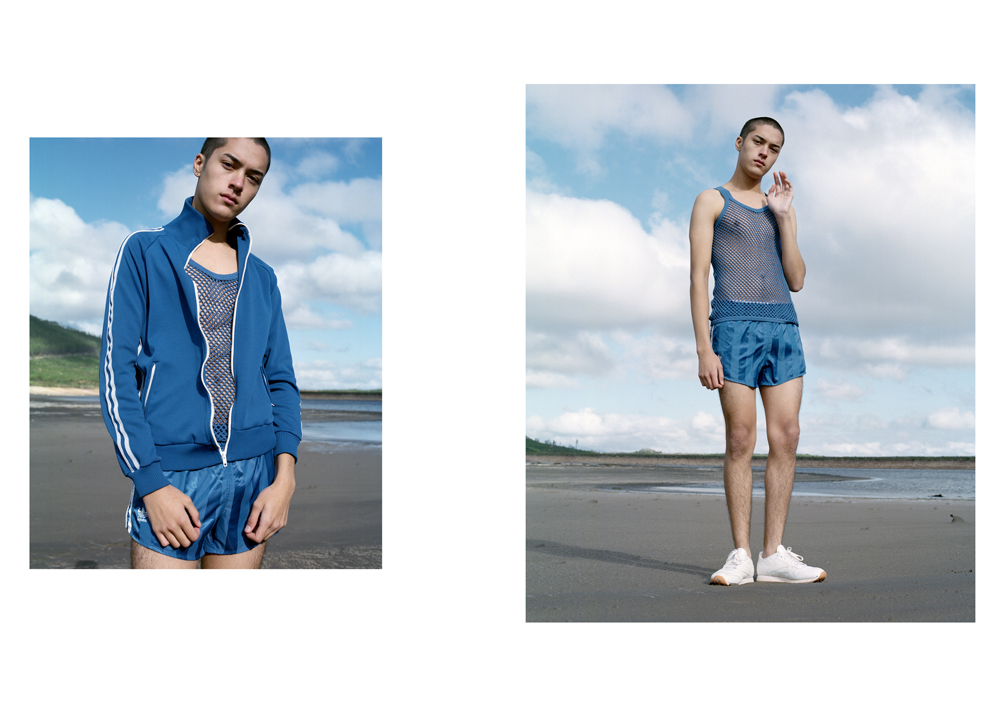
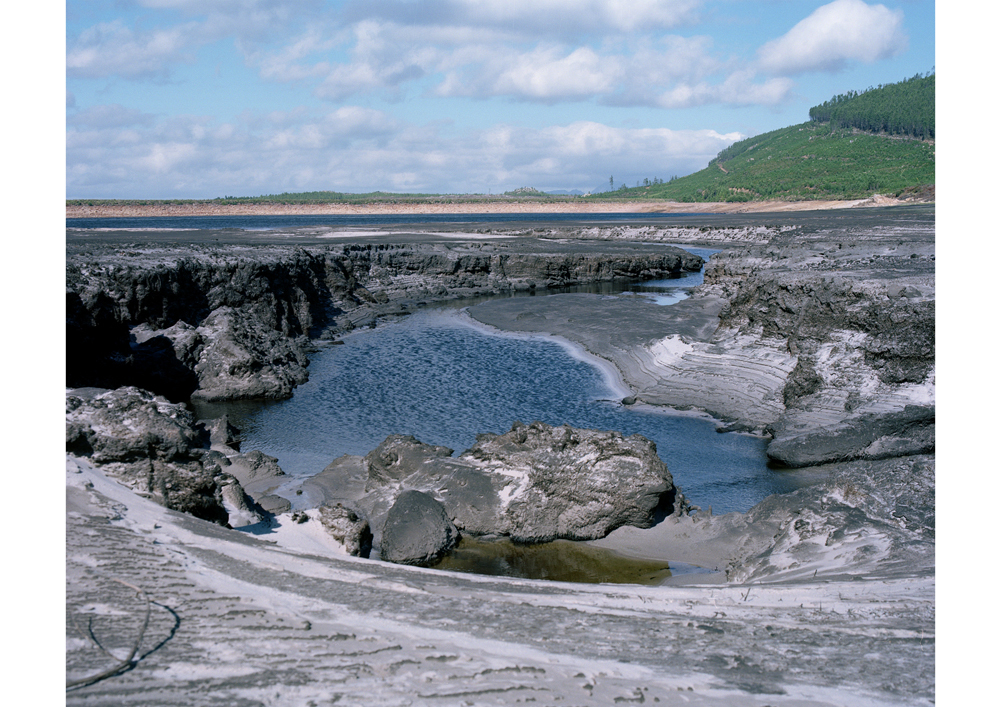
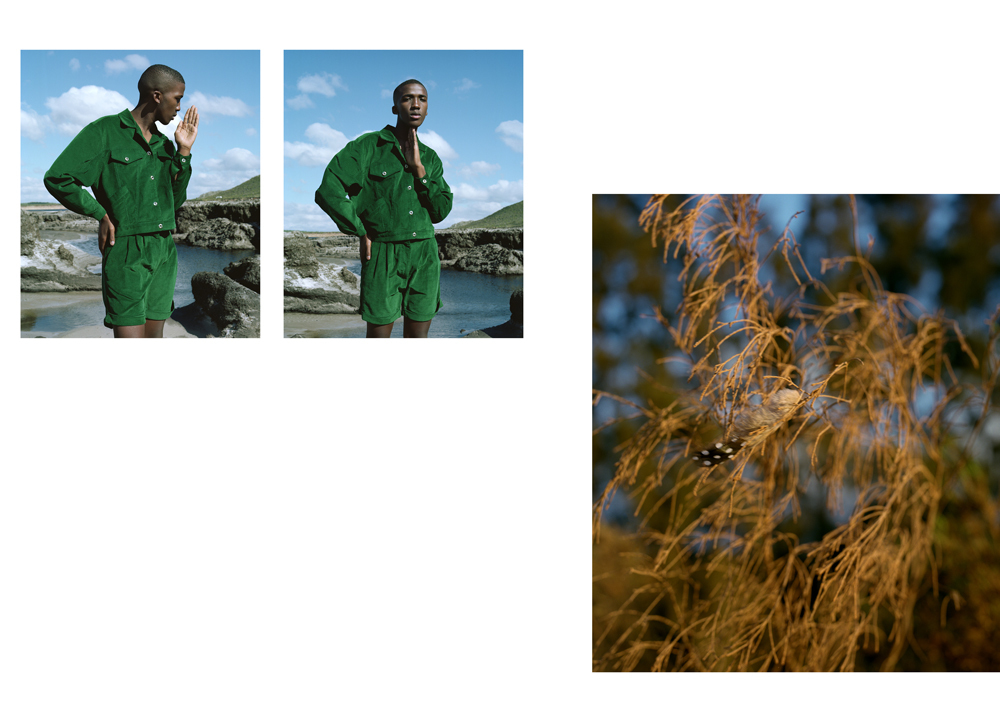
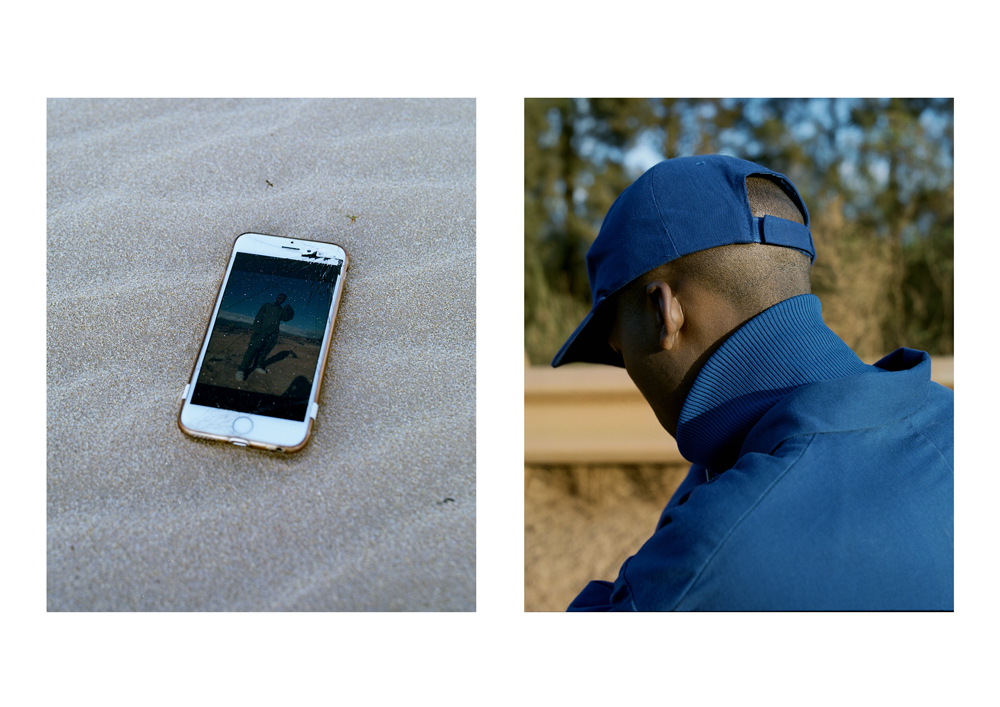
Credits
Text Isabelle Hellyer
Photography Kent Andreasen
Creative Direction Chloe Rose
Models Brandon, Mziyanda
